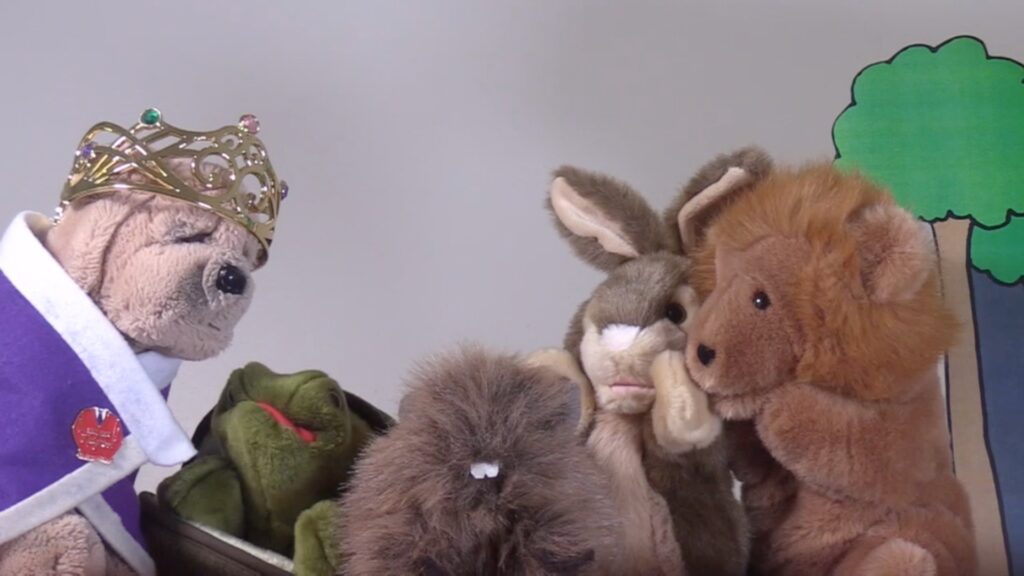Two readings in Singing the Living Tradition, the 1993 Unitarian Universalist hymnal, have been bothering me. I’m not sure I believe their attributions.
(1) The first, #607, is a reading attributed to Khwaja Shams-ud-Din Muhammad Hafez-e Shirazi, better known by his pen name Hafiz (or Hafez):
“Cloak yourself in a thousand ways, and still I shall know you, my Beloved.
Veil yourself with every enchantment, and yet I shall feel your Presence, most dear, close and intimate.
I shall salute you in the springing of cypresses, and in the sheen of lakes the laughter of fountains.
I shall surely see you in tumbling clouds, in brightly embroidered meadows.
O beloved Presence, more beautiful than all the stars together,
I find your face in ivy that climbs, in clusters of grapes, in morning sun on the mountains, in the clear arch of the sky.
You gladden the whole earth and make every heart great. You are the breathing of the world.”
I didn’t find this poem searching either Google Books or Archive.org. Admittedly, Hafiz wrote hundreds of poems, so I can’t say that I’ve made a definitive search. However, I did notice that when searching the Internet for specific phrases from this reading, what comes up are mostly Unitarian Universalist Web sites.
I have no idea where this reading came from. It sounds somewhat like Hafiz. But who’s the translator? Where’s the reference to the Persian original? And then when I do a Web search for the final phrase, “breathing of the world,” there’s a lot of Unitarian Universalist sources that turn up. I wouldn’t be surprised if this turned out to be a Unitarian Universalist interpretation of a genuine Hafiz poem. I also wouldn’t be surprised if this turned out to be another poem by that most prolific of American poets, Anonymous. Given all this, the best attribution for this reading is probably “Unknown.”
But a big part of the attraction of this poem is that it’s supposed to be a Sufi poem. Many American Unitarian Universalists get their God fix by finding a non-Western author who expresses theistic sentiments; God seems less threatening when it comes from the non-Western world. I have to wonder if some Western religious liberal wrote this, using a pastiche of Sufi-sounding sentiments, to safely express their theism — which sounds like a kind of religious colonialism that I don’t want to have any part of. With that ugly possibility in mind, until someone can prove to me that this is a genuine translation of a Hafiz poem, I don’t think I want to use it.
Update, 5/31: Lisa identified this as a quote from Goethe; see the comments.
(2) The second reading which has been bothering me is #419, the one that begins begins “Look to this day!” The hymnal says, “Attributed to Kalidasa.” But should it really be attributed to the ancient Sanskrit poet? The first appearance of this quotation on Google Books appears in the 1895 Cornell University class book; thereafter, it appears in many different popular publications. But a search of Google Books and of Archive.org brings up no instance of this reading appearing in any translation of Kalidasa’s work, nor in any translation of any Sanskrit poems. To me, it doesn’t sound much like Sanskrit poetry, but it does sound a lot like one of those late nineteenth century American verses used as fillers by editors of periodicals.
Here’s the version reprinted in the April, 1911, newsletter of Bullfinch Place Church (Unitarian), Boston:
“Look to this day!
For it is life, the very life of life.
In its brief course lie all the verities and realities of your existence:
The bliss of growth—the glory of action—the splendor of beauty.
For yesterday is but a dream,
And tomorrow is only a vision,
But today well-lived, makes every yesterday a dream of happiness, and every tomorrow a vision of hope.
Look well, therefore, to this day.
Such is the salutation of the dawn.”
In the absence of proof that this really is a Sanskrit poem, the best attribution for this is “Anonymous.” With that attribution, this is still a good inspirational reading — no need to dress it up by calling it Sanskrit.


